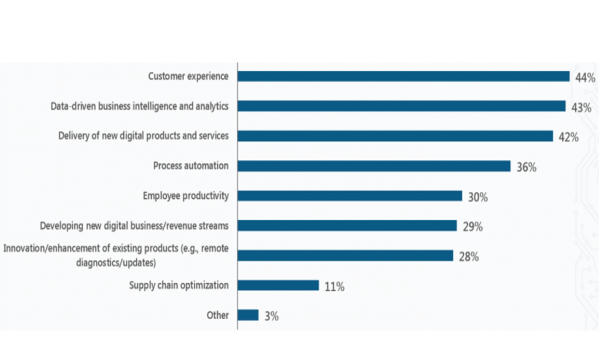by Michael Hill
Purchases of computer vision startups have surged over the past 12 months, driven by a slate of marquee buyers that see potential for the technology in the form of new products and services. Use cases for this particular flavor of machine learning range from autonomous vehicle development to social media-oriented imaging applications to remote diagnosis of home appliance failures.
In 2019, acquisitions of computer vision vendors more than doubled to 10 from just four in 2018, according to 451 Research‘s M&A KnowledgeBase, while three such deals have been inked already this year. Acquirers include household names such as Facebook, Uber, Tesla and Snap, all of which appear to share the notion that computer vision can be a conduit for the delivery of new products and services.
For example, Facebook’s pickup of mobile artificial intelligence (AI) image-location specialist Scape Technologies could help it develop location-specific augmented reality (AR) applications, while application warranty provider Frontdoor’s reach for AR video-streaming software provider Streem positions it to service more customers and, as a result, generate revenue by applying the target’s technology across its home services portfolio.
Meanwhile, Uber and Tesla share a similar vision around the development of automated taxis that drove their respective purchases of Mighty AI and DeepScale. Snap’s acquisition of image-capture software developer AI Factory was predicated on the notion of incorporating more AI-based imaging options into its photo-messaging app.
If the recent rise in computer vision M&A is being driven by an appetite for new product development, then that appetite is being driven by digital strategy. According to 451 Research’s Voice of the Enterprise: Digital Pulse survey, 42% of respondents view the delivery of new digital products as the primary purpose of digital transformation.
Figure 1: Primary purpose of digital transformation

